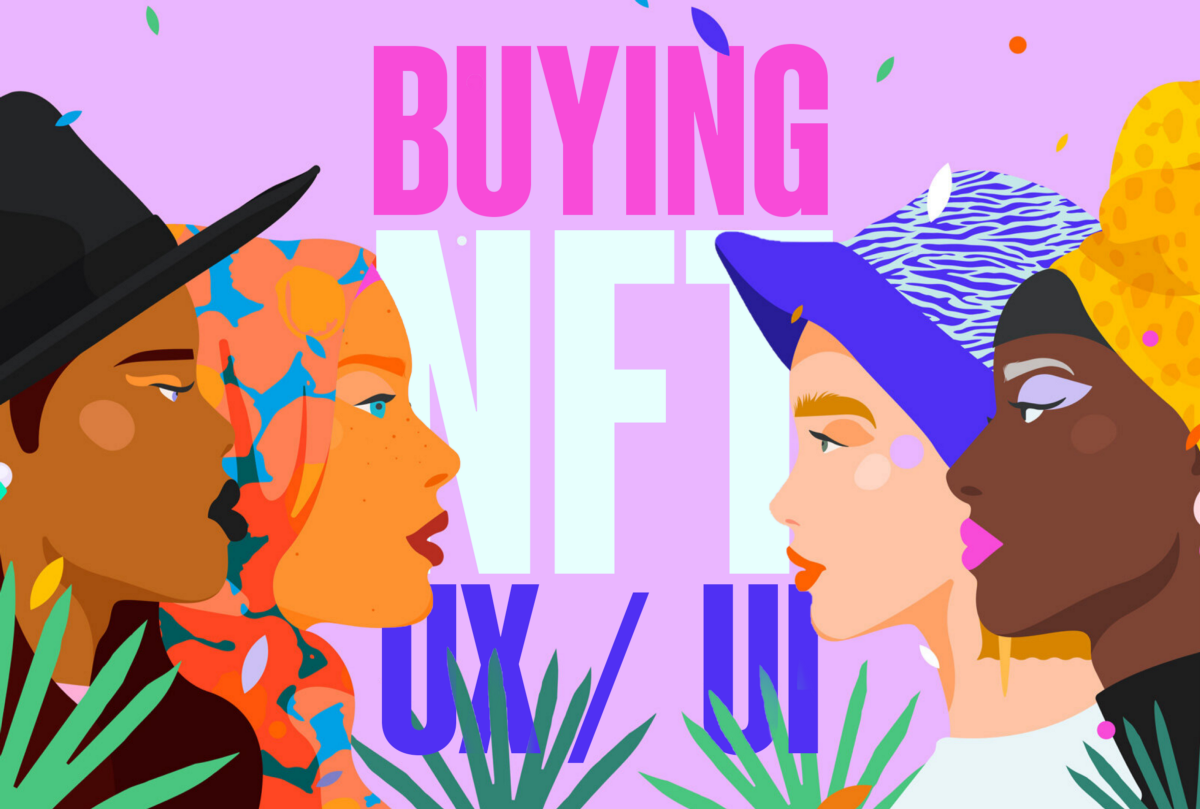Welcome to the internet 3.0
Designers often refer to large drop shadows on buttons as a style associated with Web 2.0, and yes in many ways social media sites influence the visual look and feel on the internet.
Style aside, the Web 2.0 allowed for social media platforms to exist, what Web 3.0 allows users and developer to do is a whole new ballpark.
Aashish Sharma put together some a great article covering the change with excellent visual diagrams.
Think about it like this:
- Internet 1.0
It’s 1998 and anyone can make a website with HTML, it’s a protocol that allows us to connect to any website. Everyone just reads stuff on the internet, imagine it’s like a bunch of blogs, or the whole internet is just medium.com, but can’t bring the internet down as you can always connect through a web of nodes. However, if say Facebook’s server fails—Facebook goes down, no one can access the site. All sites are on servers.
Your avatar is a pseudonym, a ghostwriters name, you can be whoever you want to be.
Everyone has a paid email with AOL and chat’s online…constantly.
The internet is monetized by banner ads and paid services. - Internet 2.0
It’s 2007 and you get your first Facebook private invite. Everyone can join social media apps (applications) and add post content for free. The age of applications running in your browsers instead of on your local computer becomes the norm.
Your avatar is you, you real name, face and date of birth.
Everyone has a free Gmail email and their search history and activity online is sold to advertisers.
The majority of the internet is owned and monetized by a few select companies — mostly through advertising.H - Internet 3.0
It’s 2020 and you’re buying your first NFT artwork on OpenSea. Sites are now built on the blockchain so if any server goes down, it’s ok the app runs on the internet computer. All usage on the apps is recorded in a decentralised ledger that is open and accessible by anyone. Apps themselves are decentralized and decisions voted on (called a DAO). The users own the equity of the companies, investing time, money or resources repaying them with cryptocurrencies—re-inventing web business models.
Your avatar is your digital wallet—you are anonymous, no company owns your data, you own everything in your wallet.
Everyone has a digital wallet they use to connect to blockchain apps.
The internet is owned by the uses who use each app. Each user has equity (owns part of) the app. If the value of the app or cryptocurrency goes up, each users investment in the app increases.
Imagine that every time you used Facebook you were given some shares in Meta (aka Facebook). So the more time you spent on Facebook the more you owned the company itself. If the market capitalization of Facebook goes up, your shares go up too 🤯 — that’s Web 3.0, it’s on the blockchain, it’s decentralised.
Digital Wallets
Also called crypto wallets, these wallets efficiently replace your email login when authenticating who you are.
Why do you need a wallet?
- Wallets authenticate you, you don’t sign up with your email, you connect your wallet.
- Your are not logging in to an app on the internet, your are connecting to the internet computer…🤔 confused yet?
Internet Computer
To use blockchain apps you need a wallet. This is because the blockchain app is running on say the Ethereum Network. So you need some cryptocurrency ETH inside an Ethereum Wallet to connect.
Ok so it’s a buzz word, but it’s also a brilliant metaphor
What is an internet computer?
- Ethereum is a cryptocurrency that has smart contracts
- Smart contracts allow developers to write applications on Ethereum
- As Ethereum is built on the blockchain, the applications also become built on the blockchain, so they inherit all the security trust and decentralisation of Ethereum, this is why they are called Decentralized Applications (dApps)
- The blockchain is saved in a ledger that is stored on many computers around the world.
- So if you make an application on Ethereum people are starting to call this an Internet Computer (ICP), as it’s decentralised and stored on many computers around the world.
- So when you log in to this ICP it needs to store everything to the blockchain — every login, every action, every post, every tweet, everything. So the only way to ‘log in’ is to use a wallet that can ‘talk’ to the Ethereum Network.
Most NFT sites are built on the Ethereum network.
Here is how to get started with Ethereum:
- Pick a wallet
- Get some ETH (optional if you are just browsing)
- Use a dApp — which means a shopping site for NFTs
- You will also need a way to access your wallet, I recommend MetaMask
